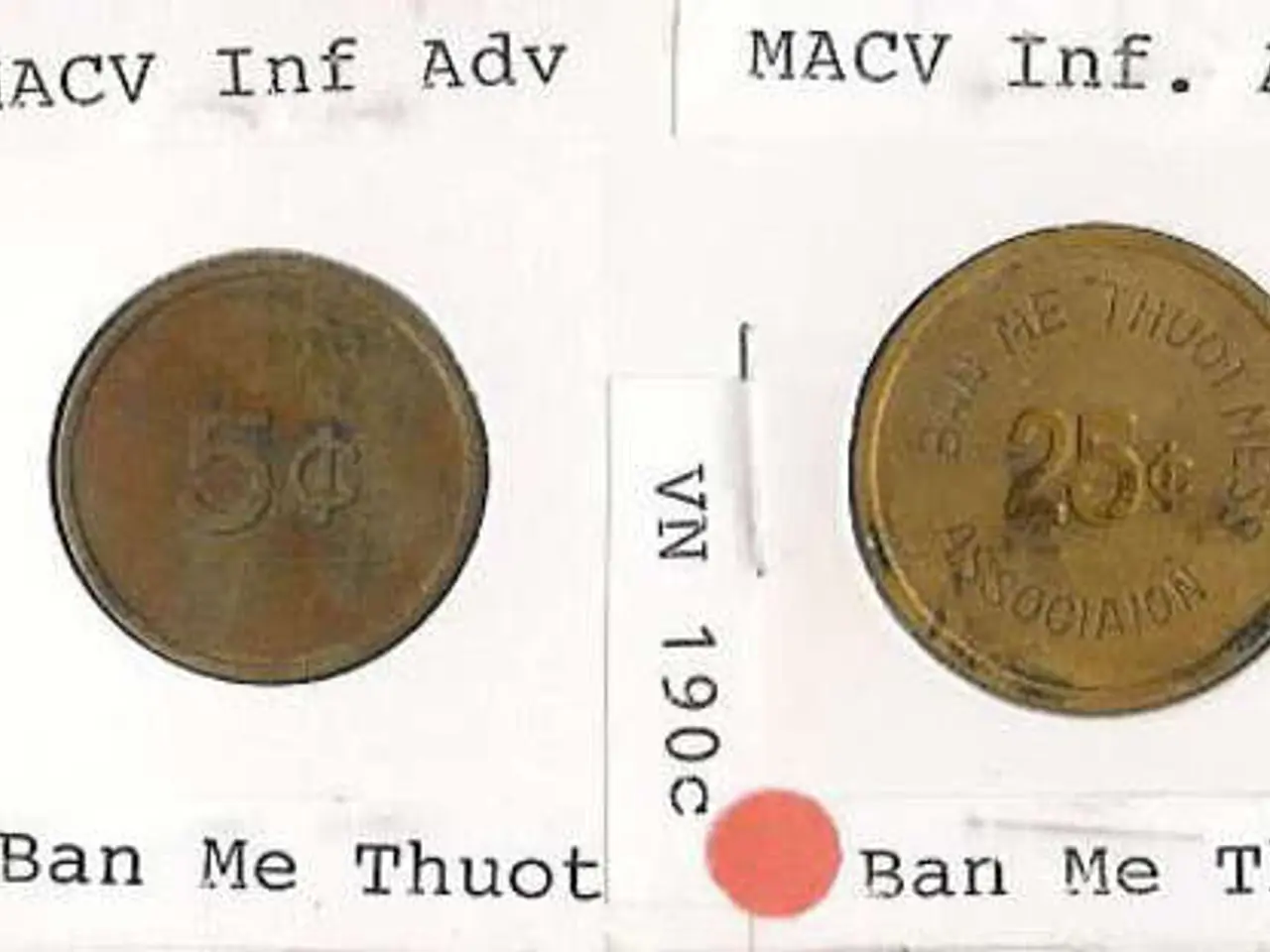Metaverse Expansion Offers Novel Chances for Insurance Companies
The metaverse, a digital reality space, is not just revolutionising entertainment and commerce, but also the insurance industry. Appinventiv's metaverse development services are helping insurance firms navigate this new virtual world, seizing opportunities to engage with customers, develop innovative products, and mitigate risks.
With over 17% of all IT companies worldwide investing in the metaverse, the insurance sector within this digital universe is projected for significant growth. The metaverse insurance market, part of the $552 billion metaverse finance market capitalization, is expected to grow at a year-over-year (YoY) rate of 31.5%, with micro-insurance products leading the charge [4]. By 2025, this sector is estimated to be worth approximately $316.34 billion [1][4].
The metaverse offers unique opportunities for insurance companies. Life insurance solutions, for instance, can help escalate instructions and information over damaged parts or areas, aiding third-party specialist providers. Moreover, the rise of crypto-based insurance products, integration of blockchain for transparent and decentralised underwriting and claims processing, and the expansion of tokenised insurance products are reshaping the insurance landscape [4].
However, the metaverse also presents new challenges. Head-mounted devices used in the metaverse can collect and share sensitive customer data, making them a target for hackers or cyber criminals. To secure customer information, organisations will require insurance and cyber-protection [4].
The metaverse can also lead to inadvertent leaks of private information, potentially resulting in harm or cyber risk. Users must take necessary precautions, such as using strong passwords, enabling two-factor authentication, and using trusted platforms, to secure their digital assets.
Unexpected server downtime in the metaverse can cause financial losses, necessitating insurance to safeguard against such losses. Furthermore, the metaverse asset management offers multiple opportunities for insurers to enter into the space of digital and crypto assets.
The metaverse market is projected to be worth $82 billion by the end of 2023 and $936.6 billion by 2030. This growth is driven by VR/AR integration, expanding consumer adoption, and digital finance innovations including insurance products [1][4].
The metaverse can be used to visualise models that bring actual situations to life, increasing the emotional appeal of sales or marketing campaigns. Insurance companies can leverage this technology for insurance claims, broker services, and product creation.
In summary, the metaverse insurance market is a rapidly emerging multi-billion-dollar sector poised for strong double-digit annual growth. Its innovations are driving measurable shifts in insurance industry practices and user engagement in 2025 and beyond. As the metaverse continues to evolve, we can expect to see the development of new types of insurance products, increased risk awareness, data collection and analysis, and virtual claims handling.
Technology and digital transformation are integral to the growth and evolution of the metaverse insurance market. As more insurance firms navigate this virtual world, they are leveraging technology for innovative product development, customer engagement, and risk mitigation, all part of the ongoing digital transformation within the sector. The anticipated expansion of tokenised insurance products, blockchain integration, and crypto-based insurance solutions further underscores the role technology plays in shaping the metaverse insurance landscape.




